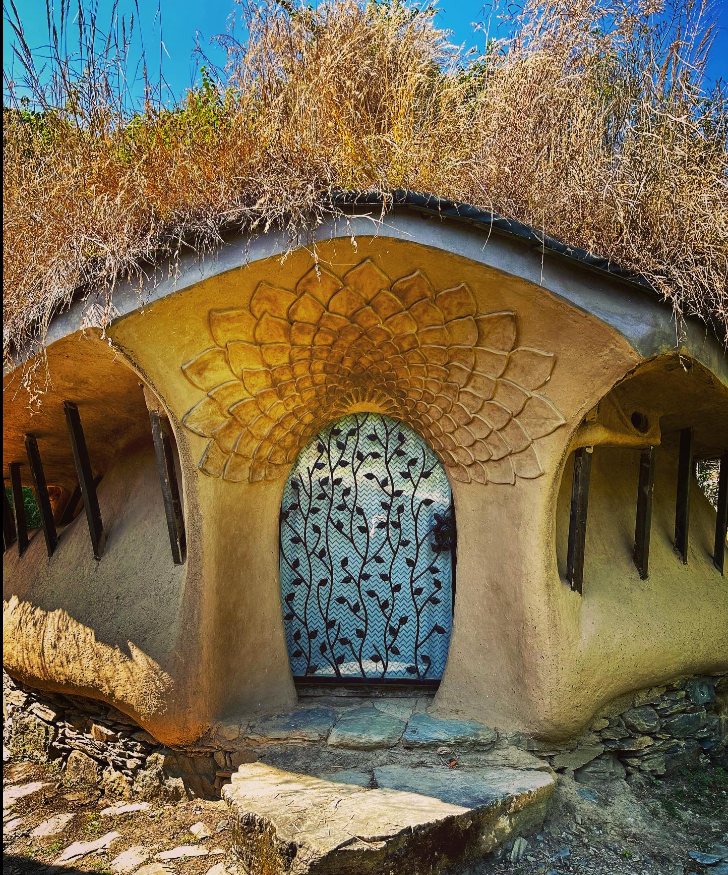Homes made from mud have been around for millennia, but could they solve our ongoing climate crisis? Concrete buildings have been a significant contributing factor in emitting greenhouse gases in our atmosphere and world. In contrast, earth built houses made with all natural materials have been a balm to our 21st century problems. They are a promising solution to many architectural problems too. Concrete houses that are built in metropolitan cities and are now also being built in our smaller towns and suburban areas trap heat. While mud built modern houses are more breathable and inherently sustainable in nature, proving a great alternative to the former. This eco-friendly approach is gaining considerable attention as a viable solution to reduce our environmental impact and create more environmentally conscious living spaces.
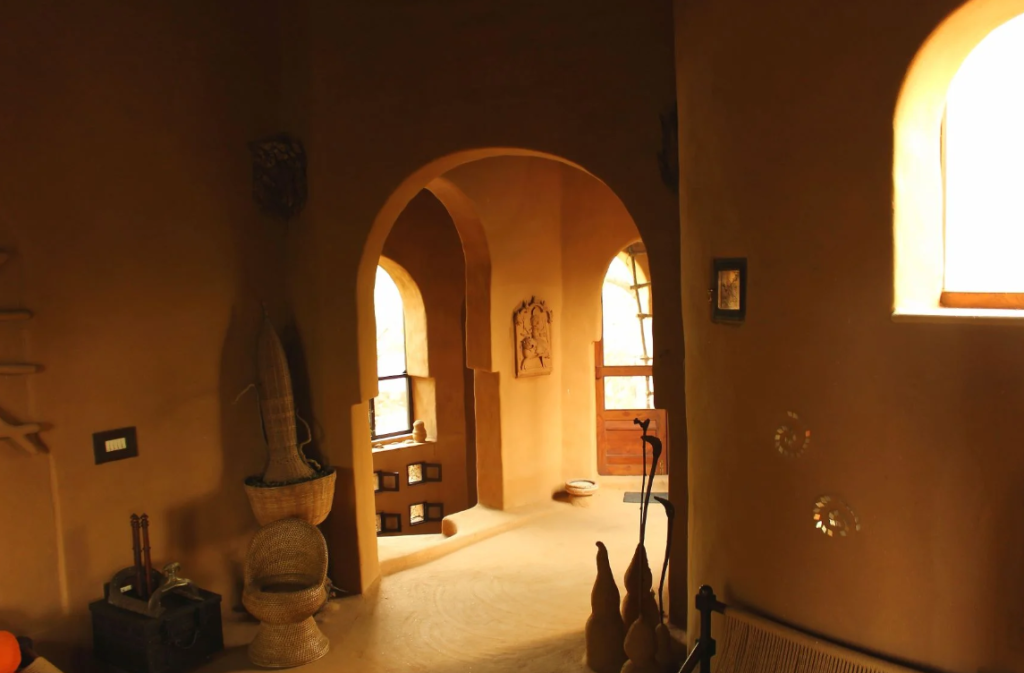
Let’s have a look at some of the reasons why Mud houses are more sustainable spaces for living and the choice of many eco-friendly architects:
- The mud houses are eco-friendly in nature and have a lesser carbon footprint than other building materials, they can easily be recycled and repaired, making them long lasting spaces to inhabit.
- They have stunning insulation properties, mud in itself releases heat slowly, maintaining a habitable living temperature within the space throughout the day. As mentioned before mud houses are cool during summers and warm during winters. They are more energy efficient than most other materials that are being used in this day and age for building spaces. Also, because of these properties, home owners are also able to save up on essential utility bills and live in harmony with the environment outside.
- Modern mud houses that are being designed now can be fire resistant and harbour great soundproofing properties too. They can be designed with metal roofs, fire resistant doors, and have windows made with tempered glass to ensure proper safety for its owners. When it comes to soundproofing, mud can absorb and dampen sound waves, the thickness of the wall can truly impact the sound coming from outside.
- Modern mud houses made with traditional house building techniques are low cost and budget friendly. Once again, as stated before the houses are made with natural techniques and elements that are found within a particular region, so it doesn’t cost as much to build a house as it does with other new-age materials. Even the building aspect of it, doesn’t require highly skilled labour or fancy properties within the space that could be heavy on one’s pocket. It is a more affordable way of living.
- Another advantage of modern mud houses is that you can customise them and mould them in any direction you want. They can be designed specifically to meet the demands and expectations of its home owners.
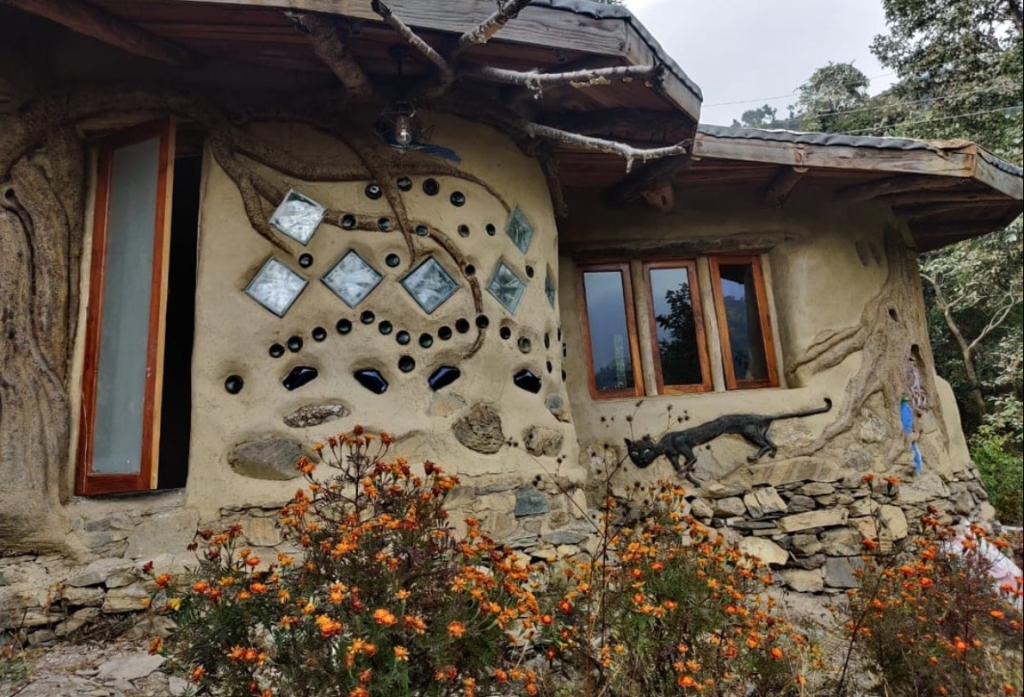
A great case study of one such initiative is GeeliMitti farms by Shagun Singh’s developing permaculture farm and learning centre that promotes sustainable living through mud houses and similar spaces. Shagun Singh, the founder urges people to understand why this is important and how this initiative urges people to go back to their roots. Through eco-tourism, local architecture, and traditional farming systems, Geeli Mitti stands as a beacon for preserving cultural heritage in rural landscapes.
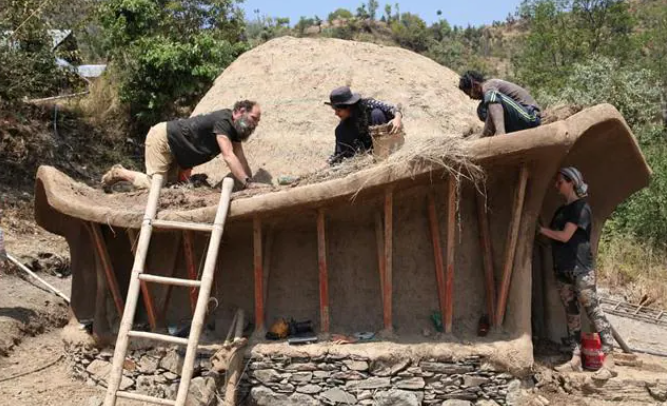
Another architect who has worked with mud houses for over 27 years is Ms Revathi Kamath. In the early 1990s, the acclaimed architect had already undertaken numerous groundbreaking projects in mud-based architecture throughout the country. Defying the notion that mud homes lack sustainability and longevity, she has resided in the same house for the past 27 years. This dwelling features a harmonious blend of open-to-sky enclosures, gateways, verandahs, rooms, platforms, and steps, showcasing the enduring and versatile nature of mud-based architectural innovations. Her houses is one of the best architectural gems there is, made sustainably with mud and love, it oozes great comfort and durability. In a conversation with The Better India, she explains ““In India, this changed with the concept of low-cost ‘pucca houses’ being widely hailed by different governments, a norm that is still being proliferated across the country. If you look into it, even the lowest of the low-cost houses that Laurie Baker championed, came at the cost of four fully grown trees to fire the bricks. Low-cost is one thing, but that aspect must never be a priority over ecological factors.” She adds that mud is a fantastic material to work with and is an absolute joy for any labour involved with it, be it women or the male masons.
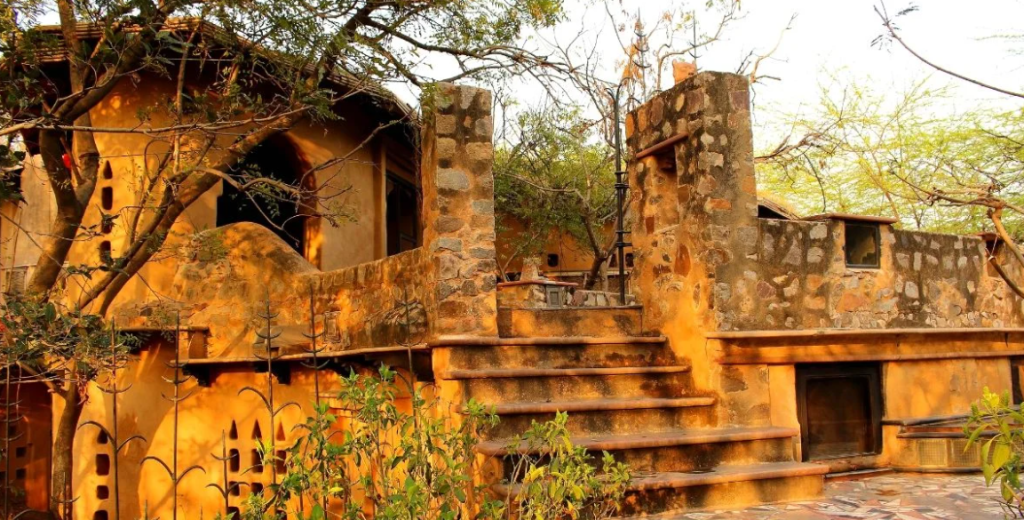
Mud houses emerge as a time-honoured architectural practice but also as a compelling solution to contemporary environmental challenges. Their innate sustainability, breathability, and use of all-natural materials make them a harmonious fit in our quest for eco-friendly living. Embracing these traditional building methods not only connects us to our past but also paves the way for a more environmentally conscious and resilient future.
End of an Era: National Museum Facing Closure and Demolition

Contributor

